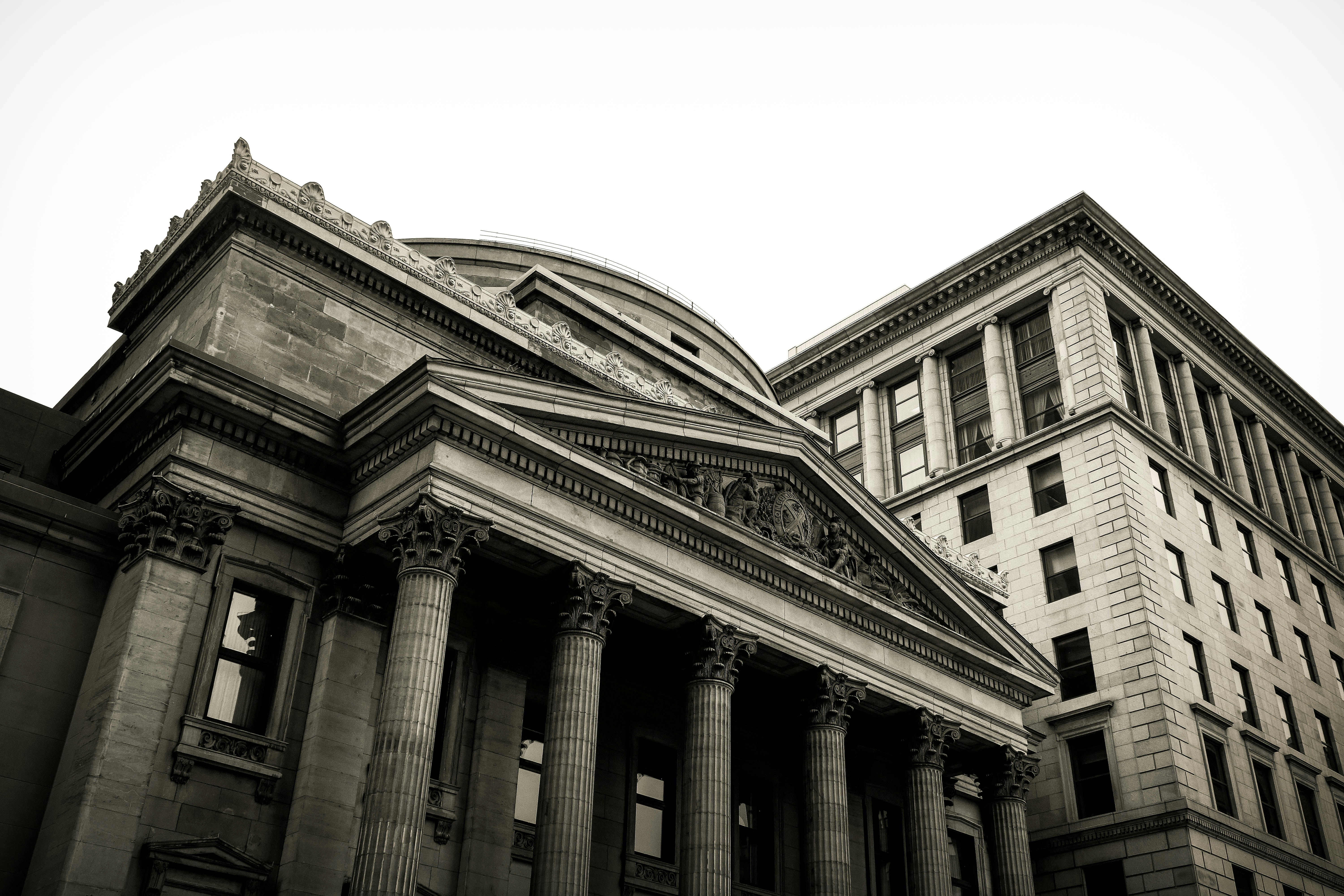According to the Federal Reserve, the largest U.S. banks will endure a more severe economic and financial crisis. The United States Federal Reserve announced its annual stress test results. Bank watchdog vice president Michael Barr said losses to lenders were higher in this year’s raids than last year.
US banks pass Fed stress test, ‘they’re comfortable’

Through stress testing, the Federal Reserve checks whether America’s biggest banks have enough capital after major economic setbacks. The decisions also determine the minimum buffers that banks must maintain.
‘The Fed, as it were, is simulating a Great Recession. “They have actually chosen a severe recession with ten percent unemployment, a halving of stock markets and a forty percent housing shortage,” says Sweder van Winbergen, professor of economics at the University of Amsterdam.
“The big banks are really the most stable in America, and they’re going to manage. Last year, it was the smaller banks that had the problem.’ Sweder van Wijnbergen points out that smaller banks are more at risk because all their loans are in one state. If things go wrong in that one state, the bigger banks are more spread out and they can comfortably take a hit There are.’
‘Big banks are in good hands’
The crisis situations in which the central bank operates vary from year to year. This year, the regulator is looking at, among other things, what effect a rise in unemployment above 6 percent would have on banks’ balance sheets. The central bank is also exploring the implications for banks of a 40 percent drop in commercial real estate prices. The central bank also examines what a shock in international financial markets would look like for banks with large trading branches.
31 banks
31 banks were raided this year. This is more than last year, when there were 24 banks. Because banks with balance sheets of $100 billion to $250 billion every two years are also being discussed. “Though the intensity of the stress test this year was similar to last year, the test resulted in large losses due to risky balance sheets and high costs,” Barr said, adding that all banks are well capitalized.
Risks
The higher risks are mainly for customers with credit cards and business loans. Additionally, higher costs mean less profit from commissions, making it more difficult to recoup losses, for example, according to the central bank. CET1 capital ratio, a key indicator for banks, tested at 9.9 percent this year. It was 12.7 percent in the previous year. The minimum requirement is 4.5 percent.
The annual stress test was introduced after the Great Financial Crisis between 2007 and 2009, which led to great unease about the survival of banks. The central bank wants to restore confidence by regularly checking whether buffers are strong enough.

“Introvert. Communicator. Tv fanatic. Typical coffee advocate. Proud music maven. Infuriatingly humble student.”











More Stories
Russian Tortoises: The Ideal Pet for Reptile Enthusiasts
Biden and Xi want to sit down one last time
The United States won gold in the team relay on the opening day of the mountain bike world championships